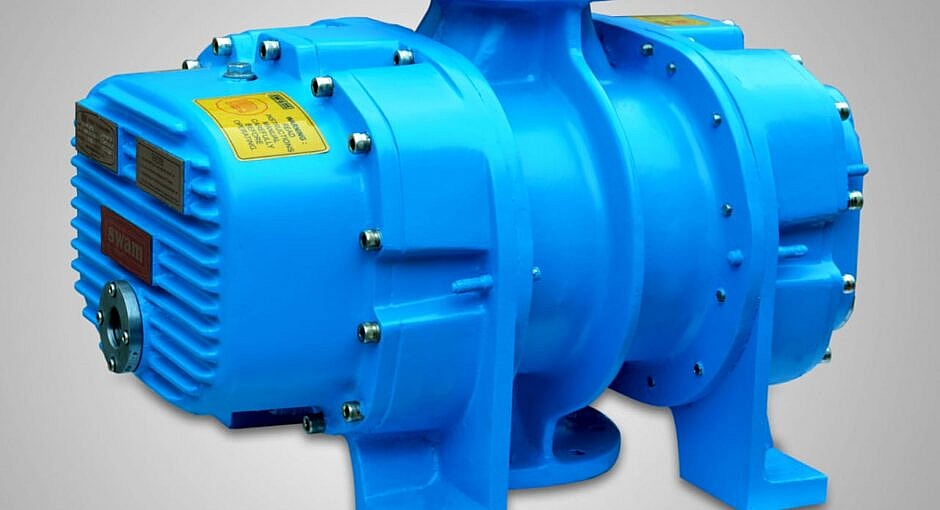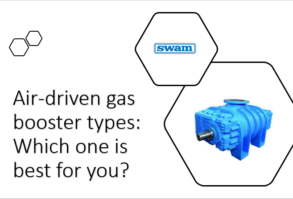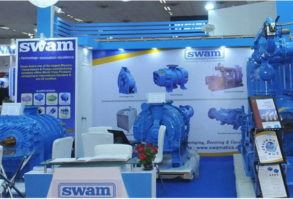A vacuum pump is equipment that is used to produce a vacuum inside a sealed container. In the lab, the first pump was used. There are many types of pumps available in Swamatic industry, each having unique qualities attached to this technology. The technique in specific industrial processes, such as autos, sewage systems, pharmaceuticals, and industrial activities, has been damaged by a new study in the area of science and technology. They are classified into certain displacement, rotary vane, liquid ring, entrapment pumps, and molecular transfer based on these techniques.
What is the Process?
A vacuum & pump division works by blowing air out of a closed system to progressively decrease the density of air in the limited area, allowing vacuum to be formed. Because the mechanical effort energy of spinning shafts is converted to compressor power, it eliminates air from a closed system.
Within a conserved volume, the internal force level falls below that of the surrounding environment. The amount of energy produced is primarily determined by the gas volume (if no air is present) and the generated pressure difference between the interior and outside environment.
Types of Vacuum Pumps
Vacuum pumps come in a variety of shapes and sizes, but their primary job is to remove air, vapor, or gases from a closed apparatus. These are often divided into four types, which are explained in more depth below.
- Positive Displacement Pump (P.D.P.)
These vacuum & pump divisions use a system that constantly widens a chamber to allow gases to pass from an exterior chamber. The chamber is then unsealed, and gas is discharged into the air. These pumps come in handy when you need to develop a small vacuum.
2) Pump for transferring momentum
Molecular pumps are pumps that work with high-speed fluids to move gas particles outside of a chamber before it is opened. These pumps are primarily used to achieve high vacuums and are frequently used in combination with other pumps.
3. Pump for entrapment
This type of pump is called a cryopump because it compresses gases to a solid-state using cold temperatures. An ion pump, on the other hand, uses strong electrical fields to drive ions and ionize gases into a hard substrate, whereas a chemical pump uses gases to produce a hard residue. Cryopumping is used by a cryomodule. Sorption, titanium sublimation, and non-evaporative getter pumps are examples of these pumps.
4. Regenerative Pump No
This vacuum & pump division makes use of the fluid’s turbulent capability, and its design is based on a centrifugal-turbopump hybrid principle. The multiple-stage centrifugal compressor, for example, has several perpendicular blades sets over the rotor moving air particles within stationary empty grooves.
When the pump is coupled with the Holweck pump, it achieves a pressure of 110 mbar and drains straight to atmospheric pressure. A side-channel pump is another name for this type of pump. These pumps are utilized in load locks for semiconductor operations in the manufacturing sector.
This type of pump uses a lot of power, like 1 kW, compared to a turbo molecular pump, which uses the only 100W at low pressure since the majority of the power is required to reverse atmospheric force. With a little pump, this may be reduced by almost ten times by small pumps.









